UK PMI Construction dropped to 58.7 in July, down sharply from June’s 24-year high of 66.3. House building remained best-performing category. Supply shortages led to another rapid rise in input prices.
Tim Moore, Economics Director at IHS Markit:
“July data marked the first real slowdown in the construction recovery since the lockdown at the start of this year. It was unsurprising that UK construction companies were unable to maintain output growth at the 24-year high seen in June, especially with widespread supply shortages and constrained capacity to take on additional orders…
“Long lead times for materials and shrinking sub-contractor availability were cited as factors holding back work on site… Another rapid increase in purchasing costs was linked to global supply and demand imbalances, but many firms also noted that local issues had amplified inflationary pressures. These included a severe lack of haulage availability, continued reports of Brexit trade frictions, and greater shortages of contractors due to exceptionally strong demand.”




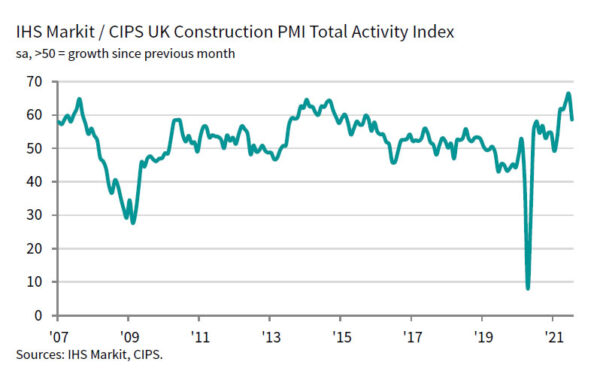
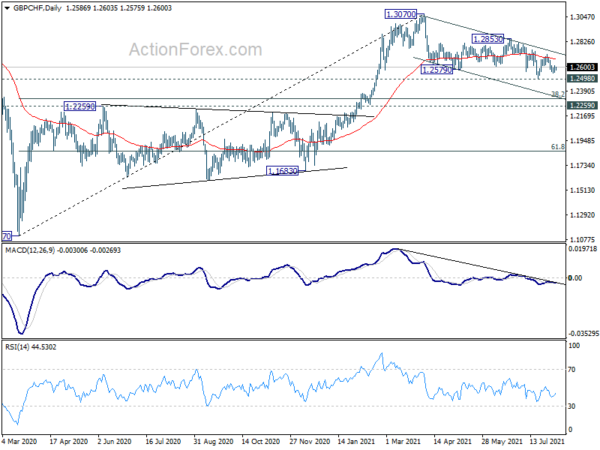
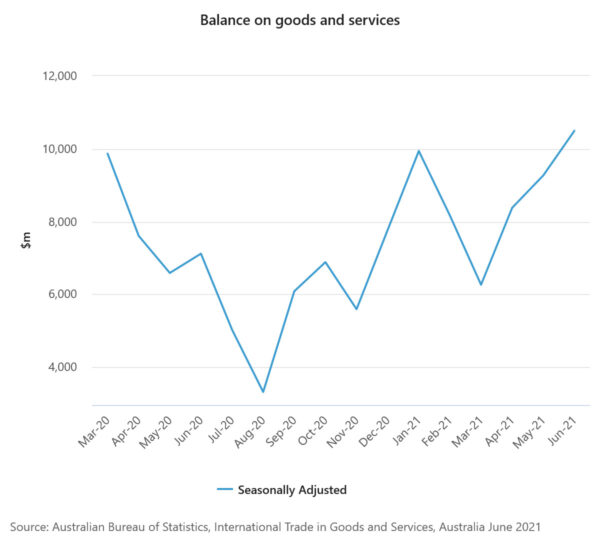
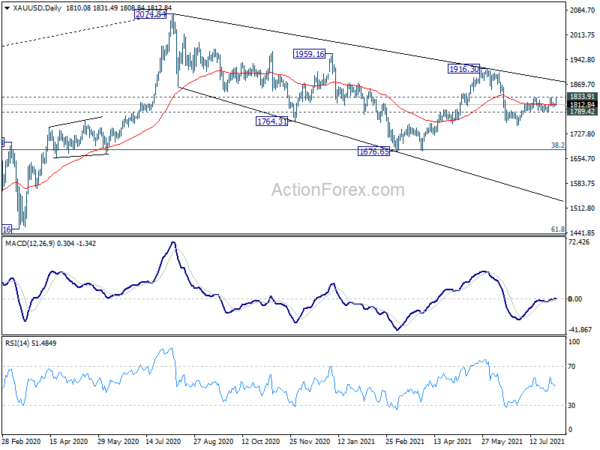

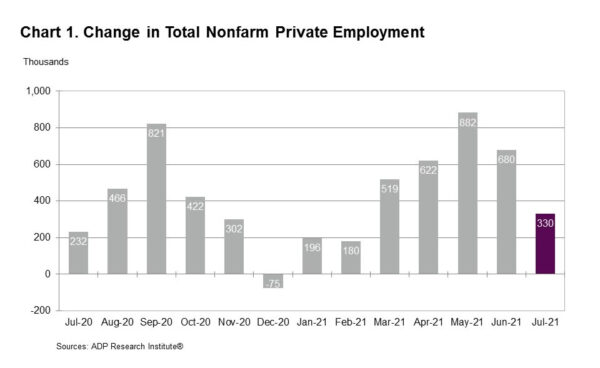

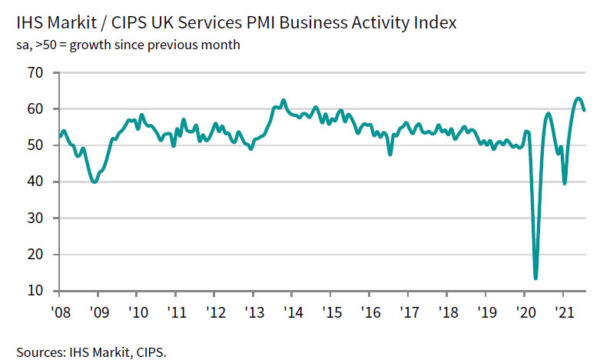
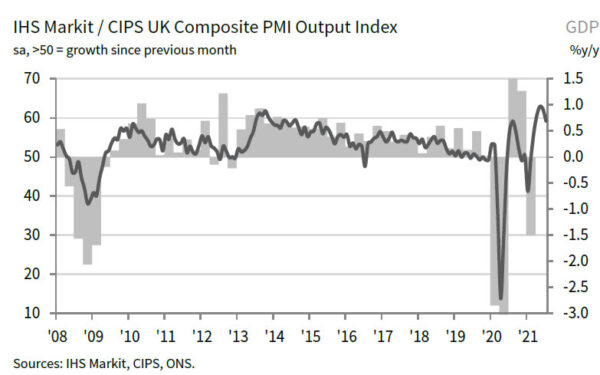
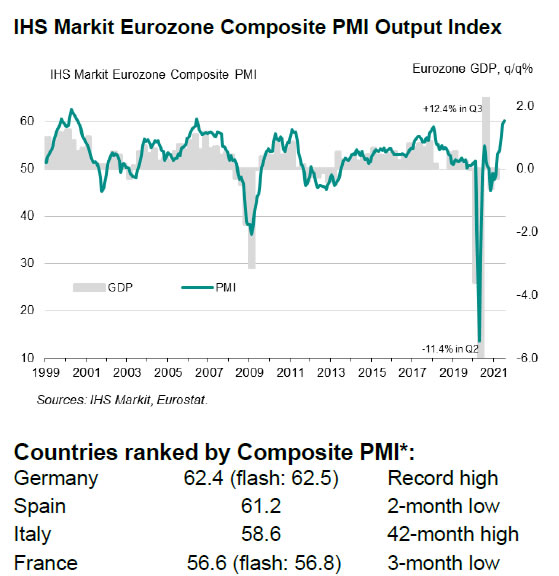
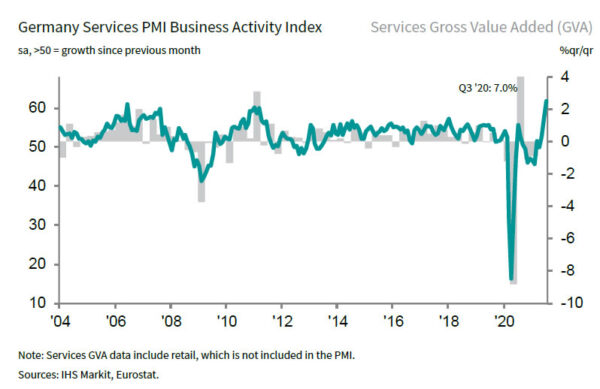
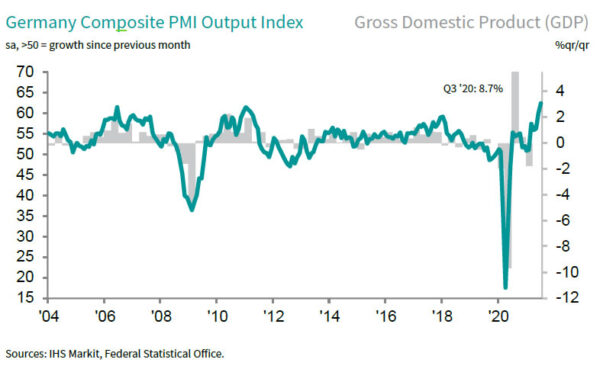
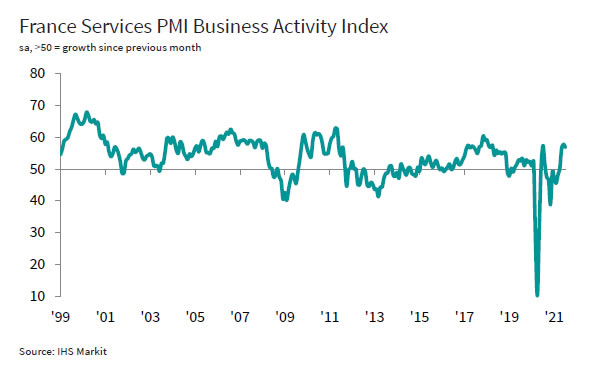
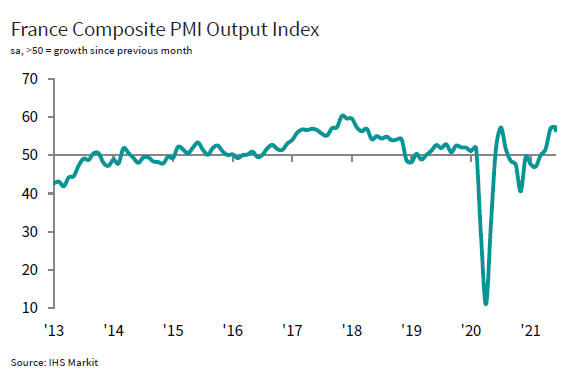
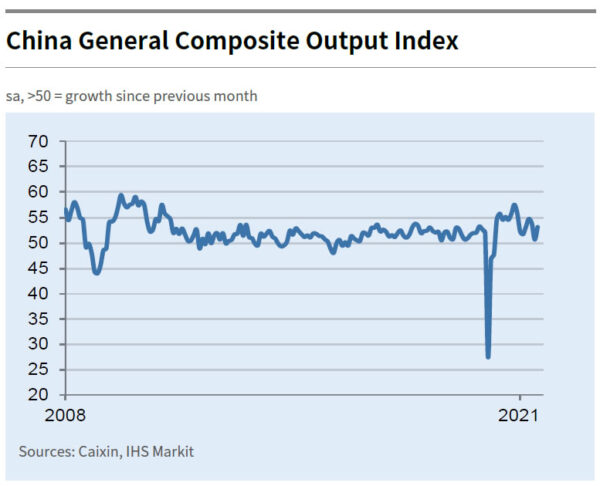
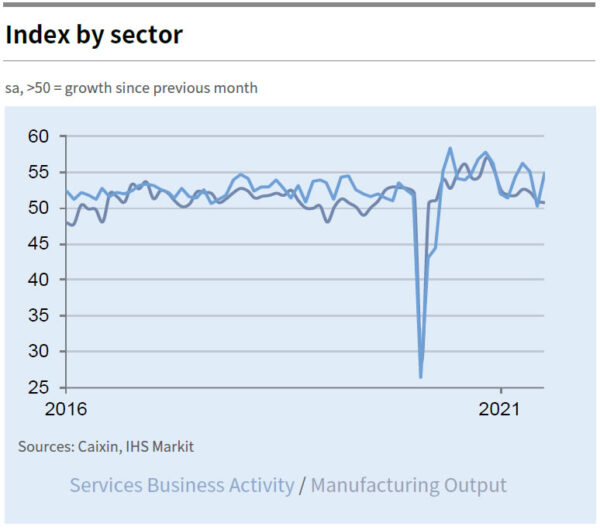
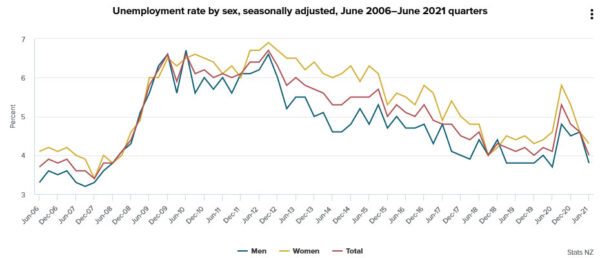
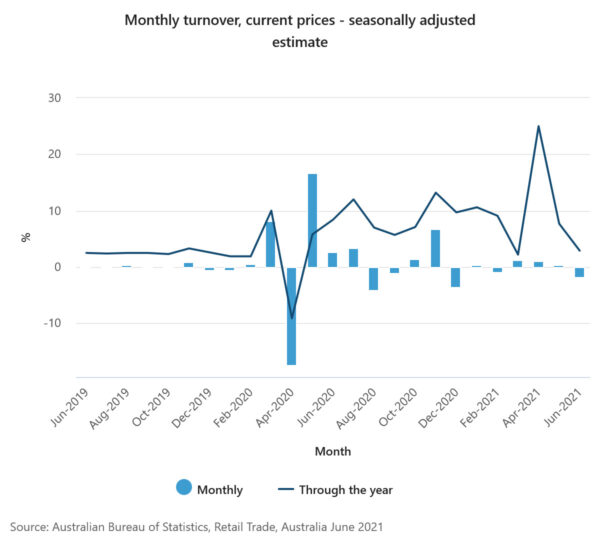
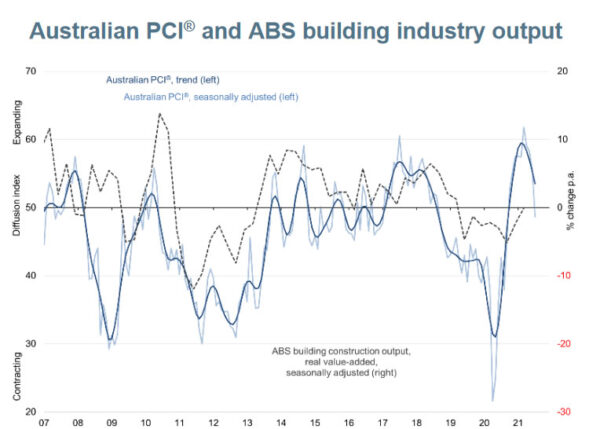

ECB bulletin: On track for strong Q3 with strong manufacturing and vigorous bounce-back services
In the Monthly Economic Bulletin, ECB said Eurozone economy is “on track for strong growth” in Q3. Manufacturing is expected to “perform strongly” despite supply bottlenecks. Reopening is supporting a “vigorous bounce-back” in services sector. However, Delta variant “could dampen this recovery in services, especially in tourism and hospitality.”
Economic activity is expected to return to pre-crisis level in Q1 next year. But there is “still a long way to go” before the damage is offset. Thus, “significant policy support remains essential”. It added, “an ambitious and coordinated fiscal policy should continue to complement monetary policy in underpinning confidence and supporting spending”.
Full ECB Economic Bulletin here.